In the quiet corners of studios and the depths of imagination, artists conjure the magic that we call Art. Every stroke of the brush, every chisel’s cut is a testament to the human spirit’s boundless creativity. But what are some of the driving forces behind this creative alchemy? Let’s delve into some of the fundamental reasons why art is created. As mentioned in a previous blog, the essence of art is quality communication, so how is this expressed? And what is expressed?
Expression of Emotions
Artists harness their feelings, thoughts, and experiences, translating them into visual symphonies or captivating sculptures. Whether it’s the exuberance of joy, the ache of sorrow or the enigma of contemplation, art provides a canvas for emotions to breathe and connect with others. In so many ways, Art questions us, and in answering, we complete the work.
Exploration of the Unseen
Artists are explorers of invisible realms – the landscapes that lie beyond the surface of the visible world. They hint towards what the physical eye cannot see and ask our internal eye to fill in the blanks. Good Art is a journey into the uncharted territories of the imagination and it invites viewers to question, wonder and create beyond the ordinary.
Reflection of Humanity
Art mirrors the multifaceted essence of humanity. It captures the spirit of an era, reflects societal norms, and chronicles the evolution of cultures. Artists document history, comment on current events, and ponder the future. Art embodies the complex interplay of aspirations, and challenges that define the human experience. It stands as a testimony to our collective narrative, inviting us to ponder our past, engage with the present, and shape the future.
Art emerges from the depths of human emotions, fueled by the desire to understand the unseen, and driven by the need to reflect on our existence. It speaks to us on levels beyond words, whispering secrets of the heart and echoing the mysteries of the cosmos.
Ultimately, the reasons behind Art’s creation are as diverse as the artists themselves. Each work of Art is a mosaic of intentions, influences, and inspirations, carrying within it the artist’s essence and a piece of the world’s soul. So, the next time you marvel at a painting or lose yourself in a sculpture’s curves, remember that you are not only witnessing the fruits of creation but also the embodiment of emotions, the exploration of the unseen, and the reflection of humanity’s intricate tapestry.
Perhaps now it is time to dig a bit deeper into what Art is, and especially, what is not. Specifically (bear with me!) when is it Art? – and when is it merely illustration? Having been long confronted with this question, this is the conclusion I work with: Illustration contains all the data you need to understand the work. Pretty girl + sports car says buy me and feel special. Nothing more forthcoming. This is illustration. Nothing else is required from the viewer. (Except perhaps to buy the car!)
But Art. Art is incomplete. Art requires the viewer to add something of themselves to it, the work, to complete it. The viewer answers the questions inherent in the work and so completes it. True Art requires of the viewer their participation, and their response.
True Art is incomplete… without you!

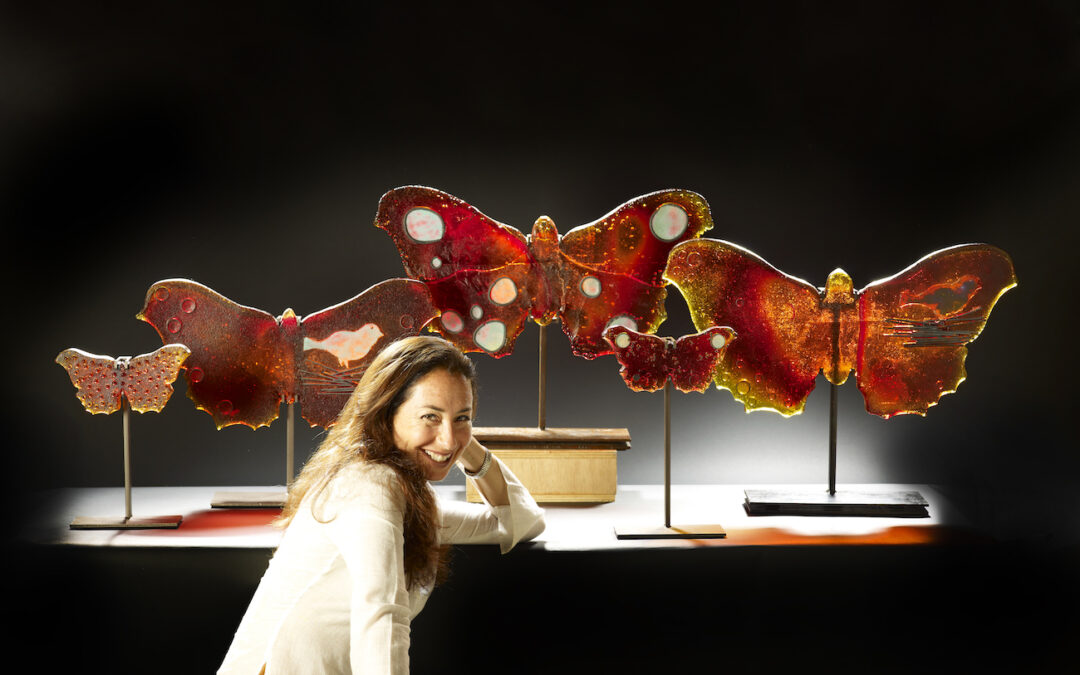
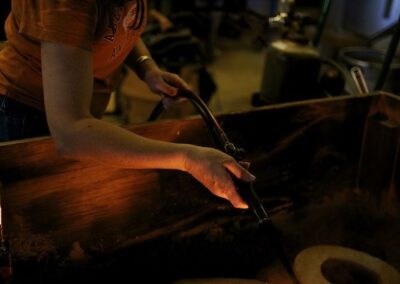
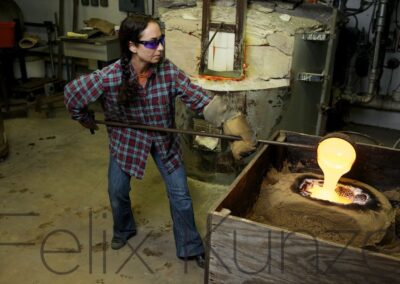

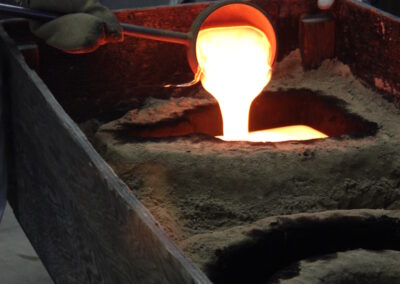
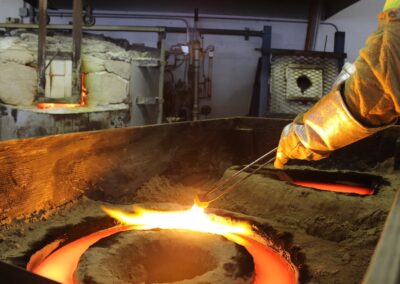
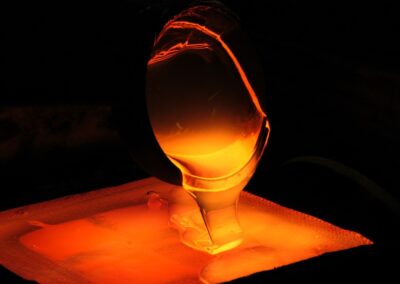
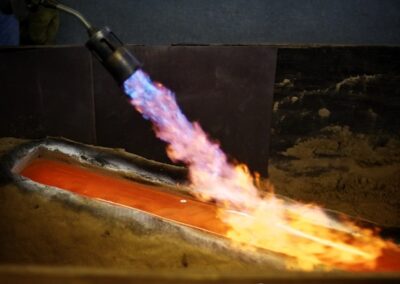
Recent Comments